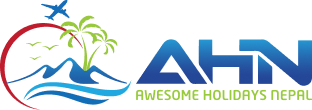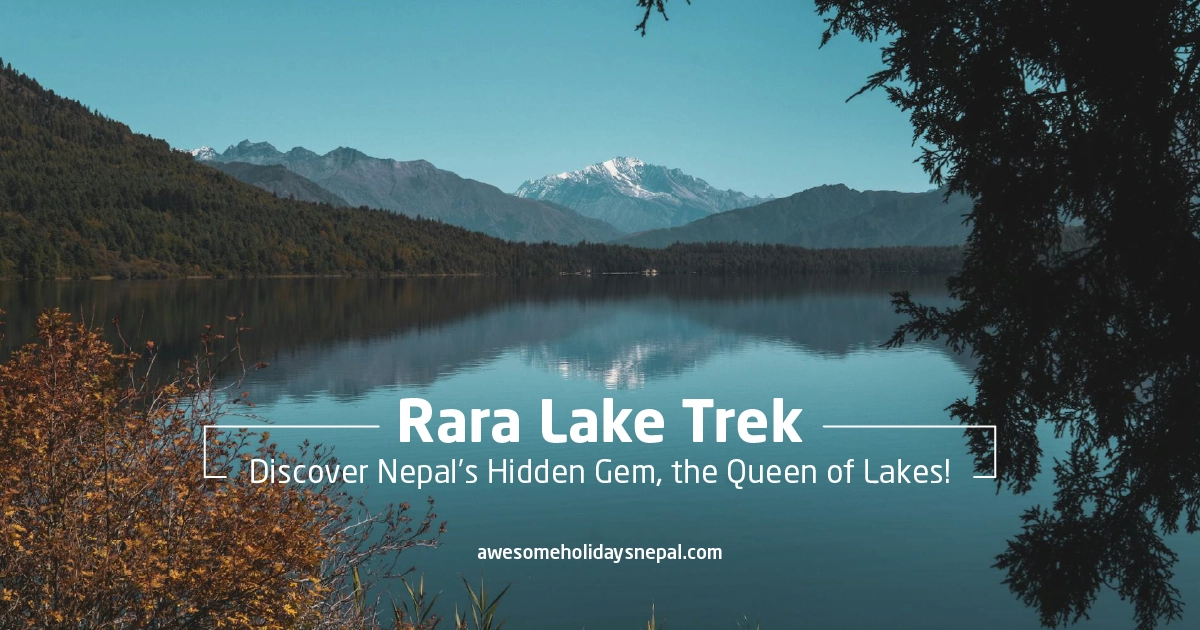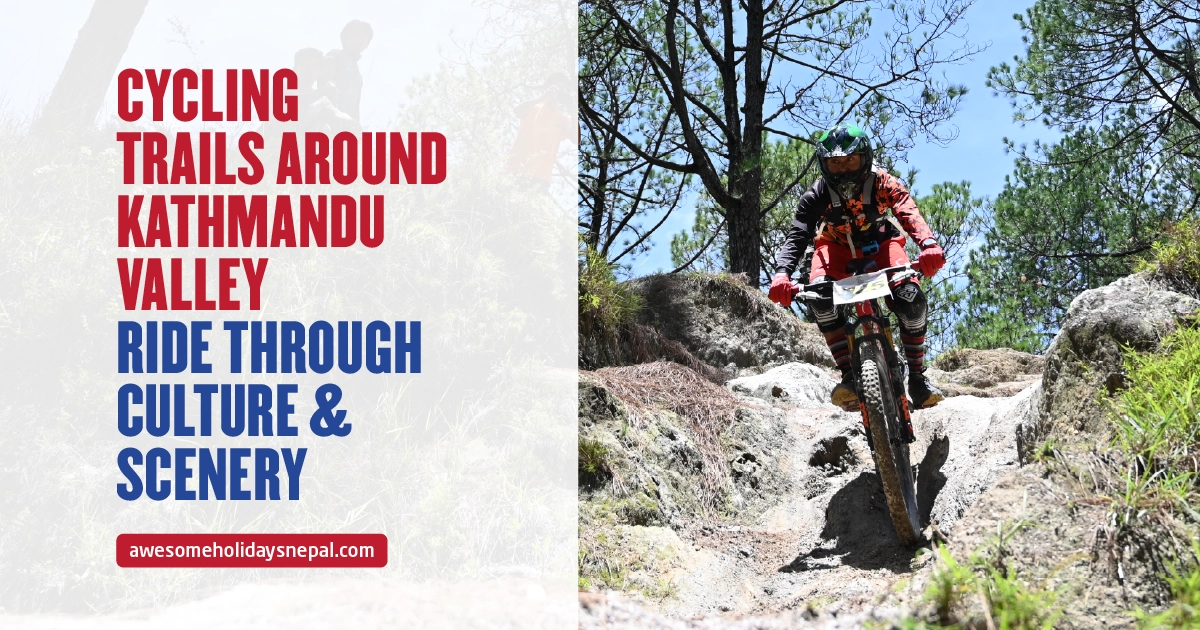Health and Safety Tips for Trekking in Nepal
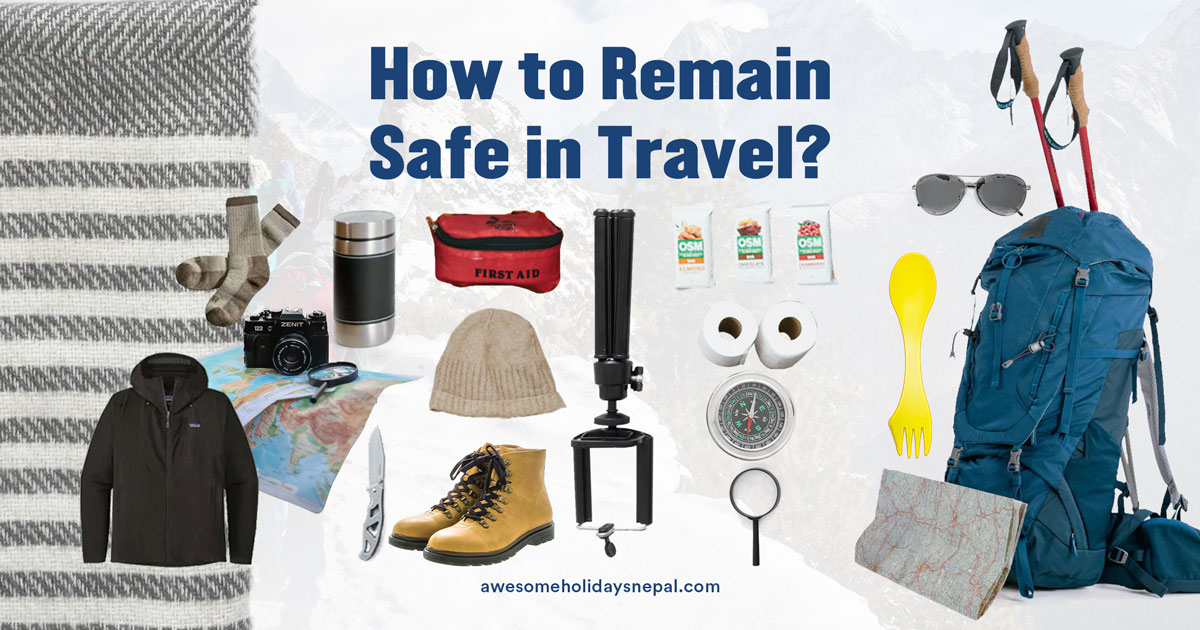
Nepal is a gorgeous country renowned for its numerous hiking and trekking destinations. Trekking in Nepal is an exhilarating journey, but it also comes with its own set of challenges and issues. We all know one can get lost in the excitement against the backdrop of the majestic Himalayas.
However, for a truly memorable and safe adventure, you should keep several health and safety tips in mind. But amidst all the excitement of the journey, you should keep in mind that trekking in Nepal can be exhausting and physically demanding, along with certain risks, especially in remote regions at high altitudes.
If anyone wants to fully enjoy the splendor of Nepal’s mountains, it is best to ensure their health and safety and be well-prepared for adventure. You also need to know various things before travelling to Nepal. So, here we will shed light on the essential health and safety tips for trekking in Nepal. These health and safety tips will definitely assist you in being healthy, whether you’re a seasoned trekker or a first-timer, to embrace the wonders of Nepal’s mountain trails.
Health and Safety Tips for Trekking in Nepal
So, here we have listed out a few health and safety tips for trekking in Nepal: –
Don’t Rush, Take Your Time
It’s always fun to trek in Nepal and get the thrill of the journey. But one thing you should always remember: never travel in a hurry. Cuz the Himalayas aren’t going anywhere, and neither should you, until and unless you’re prepared and on the safe side. So, take it slow, enjoy the views, and move forward only when you’re confident that you’re well-prepared.
Always Travel with a Guide
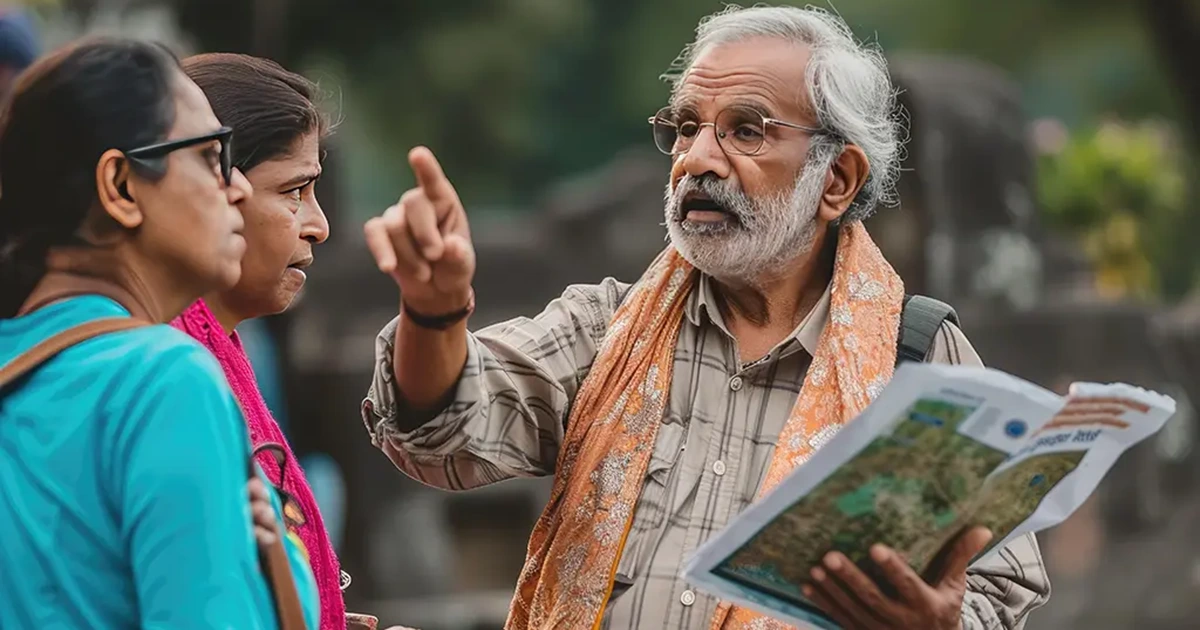
If there’s one thing to point out, it would be never to trek alone. Yeah, we get it that the idea of going on a solo adventure can be tempting, but the Himalayan trails can be unforgiving. So, you should always travel with a guide. The guides are there for your safety and not just there to show you the way. You will also be enriched with cultural tips and local insights on your journey from them. They know the terrain, understand the risks, and are trained to handle emergencies. You can choose the best travel agencies like Awesome Holidays Nepal for your adventure or treks in Nepal.
Embrace Local Culture and Respect Traditions
Trekking through Nepal isn’t just about conquering peaks—it’s also about respecting the culture. “When in Rome, do as the Romans do”. Follow local customs, dress appropriately, and respect the traditions of the communities you pass through. This isn’t just about being polite—it’s for your own safety. Being respectful to locals can help you avoid misunderstandings and foster positive interactions.
Sleep and Eat Well to Stay Strong
Whenever you are on an adventure, sleep and food are your best friends. You need to offer your body the fuel and rest necessary as it is very demanding to trek at high altitudes. Try to sleep well every night—this will help your body acclimate to the altitude. Stick to light vegetarian meals—fresh vegetables, grains, and dairy will keep you energized. Avoid meat and alcohol, as they can slow down your body’s acclimatization process and increase the risk of altitude sickness.
Gear Up for Cold Weather
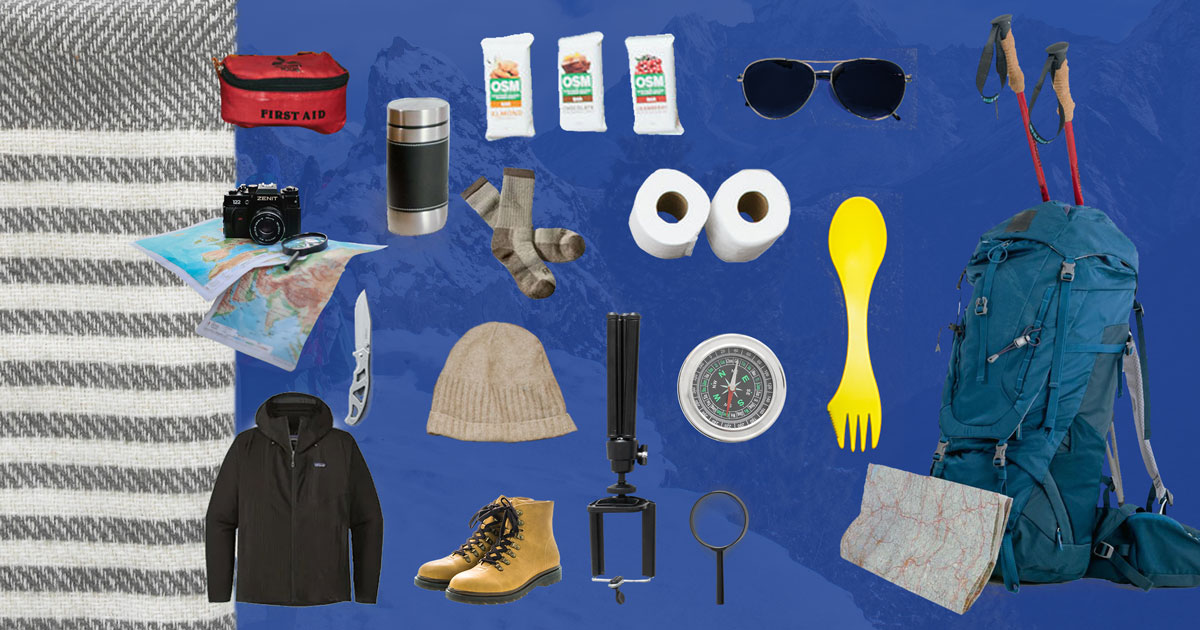
As you go on a journey, the higher you are, the colder it gets. So, you need to dress accordingly! And don’t forget to carry gloves, a beanie, thermal wear, and layers of clothing to protect yourself from the cold, which can be fatal in the mountains. Protect yourself from the chilly air and keep your body warm and dry.
Physical Fitness & Avoiding Physical Strain
You need to assess your physical fitness and health before you embark on a trek in Nepal. So, you can improve your physical fitness and be prepared for an adventure. For that, you should start doing cardiovascular exercises and strength training. Likewise, you can also incorporate various other exercises that help you to build strength and muscles best for the upcoming adventure.
As much as you may want to push yourself physically, avoid sex at higher altitudes. It may sound odd, but the air is thinner up there, and exerting yourself can lead to an insufficient oxygen supply, which is dangerous in areas of high altitude.
Exchange Currency in Kathmandu
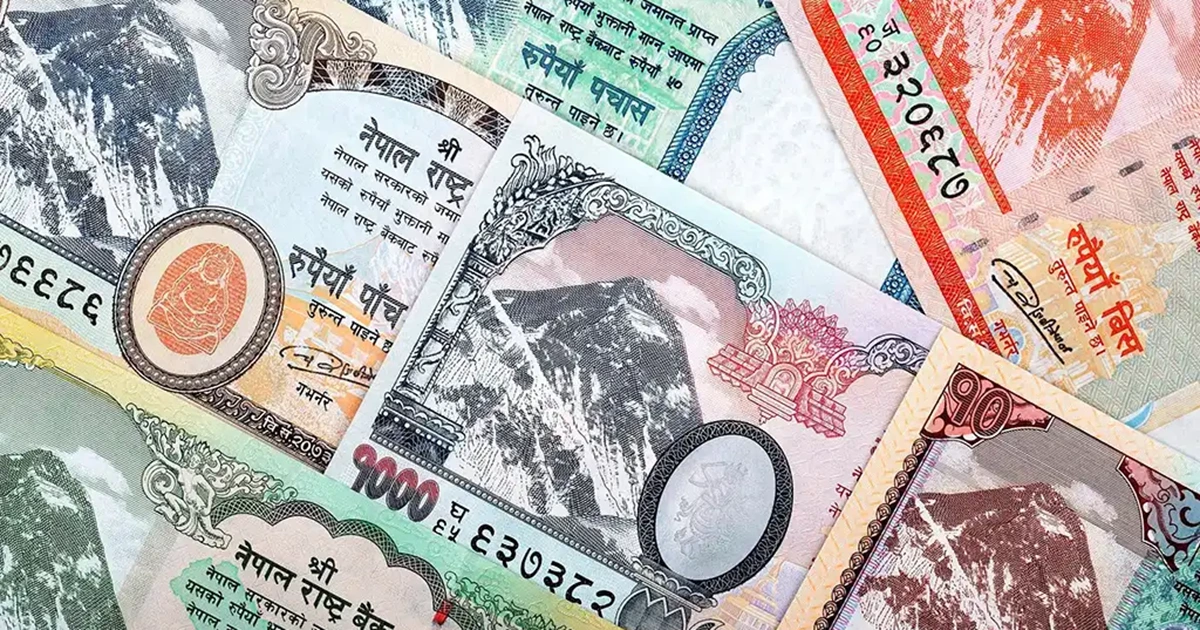
You need to exchange your currency for Nepalese Rupee (NPR) before you head out on an adventure. It would be best to exchange your currency (NPR) in the capital city, Kathmandu, as it has better exchange rates. So, you won’t have to go through the hassle of finding places in remote areas to exchange currency. It is best to carry around some cash as they are handy for smaller expenses along the trail.
Keep an Eye on Weather Conditions

Weather in the mountains can be unpredictable, so always check daily weather forecasts. Even in peak seasons like spring (March-May) or autumn (September-November), be prepared for sudden changes. Carry extra gear for rain or snow, and monitor the weather regularly, especially if you’re trekking in more remote areas.
Don’t Ignore Altitude Sickness
Altitude Sickness is also known as acute mountain sickness (AMS). If you are trekking in Nepal, then it is a real threat to you. Altitude sickness is one of the most serious risks in high-altitude trekking. There are three types to be aware of: Acute Mountain Sickness (AMS), High-Altitude Cerebral Edema (HACE), and High-Altitude Pulmonary Edema (HAPE). Stop and rest immediately if you or anyone in your group shows symptoms. Common signs include headaches, nausea, dizziness, and shortness of breath. Don’t try to push through it—halt and descend if necessary.
Acclimatize Properly to Prevent Altitude Sickness
As mentioned earlier, acclimatization is key to preventing altitude sickness. Ascend slowly, take regular breaks, and stay hydrated. Your body needs time to adjust to thinner air, so take it easy, especially on the steep ascents.
First Aid and Emergency Precautions for Trekking
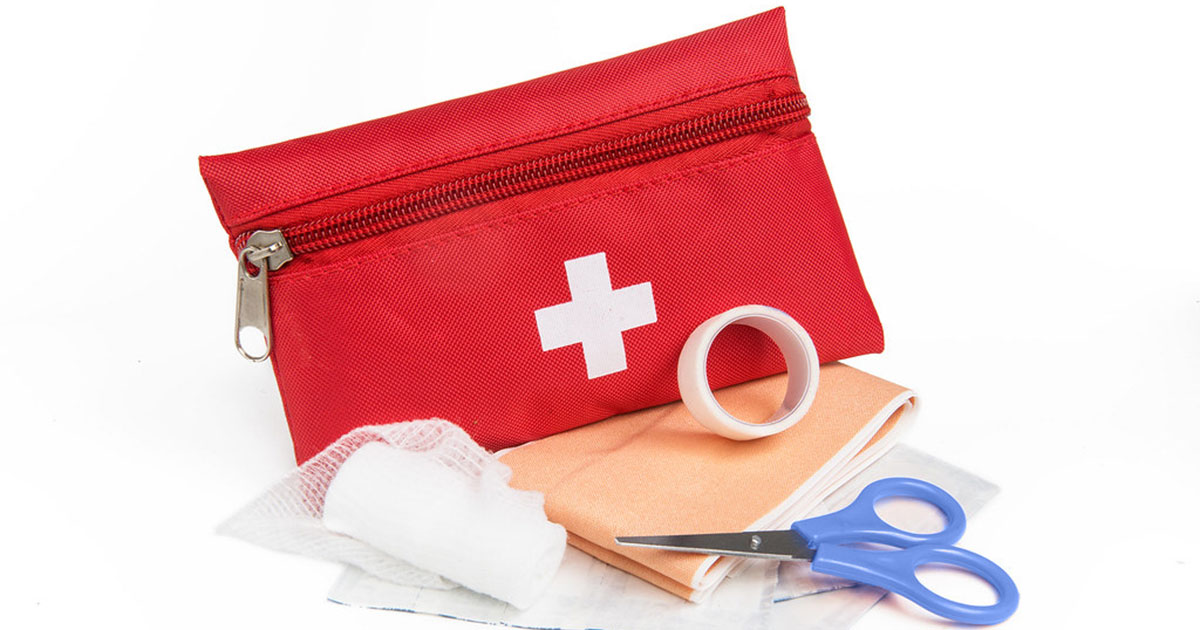
Stay Safe on the Trail
The Nepalese Himalayas are beautiful, but the trails can be dangerous. Watch for trail hazards, such as slippery paths, river crossings, and narrow bridges. Stick with your group, stay on marked paths, and be cautious when crossing rocky or icy terrains.
Be Aware of Natural Disasters
The mountainous terrain of Nepal is prone to landslides, avalanches, and other natural disasters. Should such an event occur, remain calm, follow the advice of your guide, and move to safer ground.
Be Mindful of Wildlife
The wilderness is home to many beautiful creatures, but remember never to approach wildlife. Whether it’s a monkey, a bird, or even a larger animal, their behavior can be unpredictable. Stay at a safe distance and respect their environment.
What to Do If You Get Lost
If you get lost, don’t panic. Stay where you are and try to reorient yourself using your map and compass. Carry a whistle to help you attract attention. If you’re in a group, never wander off. Stick to the marked trails and always let someone know your whereabouts.
Trek Safely in Nepal
It is an experience of a lifetime to go trekking in Nepal, as you get to experience the blend of awe-inspiring natural beauty along with rich cultural encounters. However, amidst all the excitement of towering mountains, you should not forget about your health and safety. Here we have written down the essential health and safety tips for trekking in Nepal. These tips will help you prepare yourself for the journey.
We assure you that these health and safety measures for trekking in Nepal will assist you in navigating the challenging high-altitude trekking here. So, gear up, tread carefully, and enjoy trekking in Nepal. Safe trekking!
FAQs
Expand AllWhat are the main health risks associated with trekking in Nepal?
The main health risks associated with trekking in Nepal are altitude sickness, hypothermia, dehydration, and injuries from falls or slips.
What is altitude sickness, and how can I prevent it?
It is a mildest form of Acute Mountain Sickness (AMS) which is caused due to the lower amount of oxygen at higher altitude. You can prevent it by ascending slowly, staying hydrated, taking acclimatization breaks, and monitoring for symptoms like nausea, headaches, and dizziness.
What should I do if I experience altitude sickness symptoms?
If you experience altitude sickness symptoms, you need to rest immediately, avoid ascending further, and stay hydrated. Likewise, if the symptom worsens, you need to descend to a lower altitude and seek medical attention.
What should I pack in my first aid kit for trekking?
You need to pack altitude sickness medication, bandages, pain relievers, antiseptics rehydration salts, and any personal medications.
What is the role of acclimatization in trekking?
Acclimatization plays a huge role in trekking as it helps your body adjust to thinner air at higher altitudes and reduces the risk of altitude sickness.
What foods should I eat while trekking?
You should stick to light, fresh vegetables, vegetarian meals like grains, and dairy products and avoid alcohol and meat, as they can hinder acclimatization and digestion at higher altitudes.
Should I hire a guide for trekking in Nepal?
Yes, you need to hire a guide as they are experienced, can navigate difficult trails, provide valuable cultural insights and assist during emergencies.
Can I bring my medication with me?
Of course, you can bring the medicines prescribed by the doctor and bring it in its original containers to avoid customs clearance hassle.
Do I need to be physically healthy to go trekking in Nepal?
It is very important to be physically fit and healthy for trekking in Nepal, especially if you plan to trek at higher altitudes or on challenging routes. Trekking is physically challenging, involves long hours of walking, uphill climbs, and sometimes navigating difficult terrain.
Is Nepal safe for tourists?
Nepal is considered a safe country for visitors due to the friendliness and hospitable nature of Nepali people. Nepal has a very low crime rate, a stable political environment, and well-established tourist industry.
Is it necessary to exchange currency before trekking?
Yes, you need to exchange your currency to Nepalese Rupee (NPR) in Kathmandu, as exchange facilities are limited, and rates may be less favorable in remote areas.
When is the best time to trek in Nepal?
The best seasons are spring season (March-May) and autumn season (September-November), as the weather is stable, and the skies are clear.
Can I trek solo in Nepal?
Yes, trekking solo is possible in Nepal. But it’s not recommended due to various risks associated along with unpredictable weather, remote trails, and emergencies. So, we advise you to travel with a guide or group to be safer.
How do I handle an emergency on the trail?
You should stay calm, use a whistle or phone to signal for help, and follow the guide’s instructions. Also, always carry a first aid kit and learn basic first aid procedures.
What should I know about natural disaster risks?
You should be aware of the avalanche-prone and landslide areas and follow the guide’s instructions, and shift to safer ground if a disaster occurs.
Related blog posts
Discover a choice of tourist destinations loved by most of our visitors. Whether you're on a jungle safari to spot rare animals or walking through a world heritage site, these well-planned itineraries cover the major highlights of Nepal.
